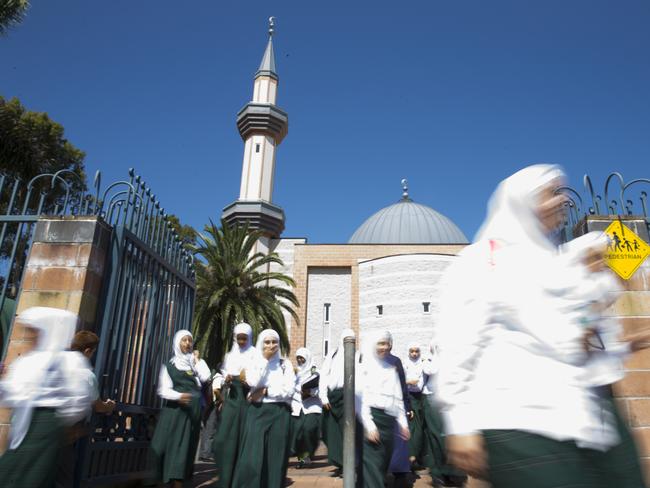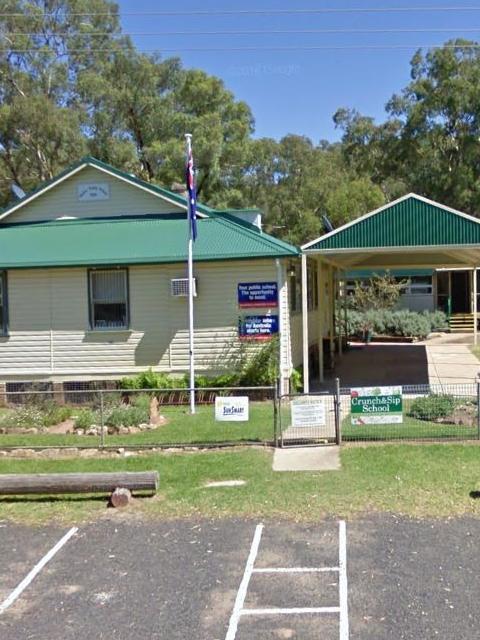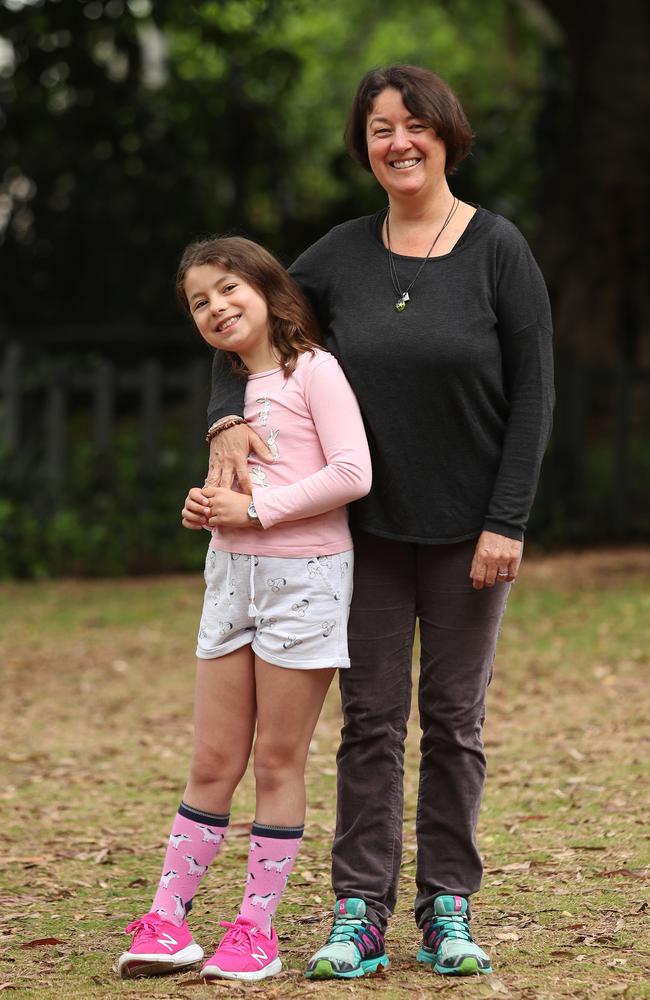NSW Public, independent schools government funding revealed
The massive divide in funding schools receive from the state and federal government can be revealed following a comprehensive analysis of financial records by The Daily Telegraph. SEARCH YOUR SCHOOL
NSW
Don't miss out on the headlines from NSW. Followed categories will be added to My News.
Rapidly growing independent schools in Sydney’s west are raking in tens of millions of dollars in government funding, a comprehensive analysis of MySchool data has found.
While Southern Cross Public School in East Ballina was the most state and federally-funded school in NSW, Catholic and Islamic schools shared in the spoils.
Southern Cross Public School pocketed $93.8m in funding in the three years to 2017 — equating to a combined $32,108 in funding for each of their 963 students enrolled in 2017.
All Saint’s College (St Mary’s Campus) in Maitland received $82.4m in government money making it the second most funded school in the same three-year period.
Islamic schools Malek Fahd — which has three campuses in Greenacre, Hoxton Park and Beaumont Hills — shared $74.1m, followed closely by Auburn’s Al-Faisal College which netted $73.7m in funding.
In 2017, more than 2300 students were enrolled in Malek Fahd’s three campuses — with state and federal funding that year netting the school $10.785 per student.
While Al Faisal has 1000 less students, it received on average $11,446 per enrolment.
On a per capita basis, country schools faired well with Tambar Springs Public School in the Gunnedah Shire receiving $1.27m in combined funding over the three years.
In 2017, it received the most state government per student — $94,169 for each of its three enrolments.
Wollar Public School — located in an isolated rural village bordering the Goulburn River National Park and with just four students- received a combined $1.48m in state and federal funding.

Allocation of school funding is determined by the Index of Community Socio-Educational Advantage (ICSEA) scale which was developed by the Australian Curriculum, Assessment and Reporting Authority (ACARA).
THE ICSEA provides education authorities with the socio-educational backgrounds of students to help them determine funding. It does not assess staffing levels, school facilities or what is being taught.
Centre for independent Studies Education Researcher Glenn Fahey said schools were given extra funds to help cater for disadvantaged students under the resource allocation model, creating the gaps between different public schools.


“It comes back to the individual loading, if they’re determined to be in the bottom half of ICSEA which is a significant component of the loading (and) having a high number of students with a disability has a really big impact on the funding eligibility of each student,” Mr Fahey told The Daily Telegraph.
He said some government schools operating in “well-off areas: — where parents had a bigger capacity to contribute — were still getting a chunk of funding based on student needs.
On average, Catholic schools received $9847 in federal funding in 2017 per student, and another $3098 on average per student in state funding.
Simone Slattery, whose 8-year-old daughter Eva attends Newtown Public School said while the school’s funding of $10,908,665 over the period from 2015 to 2017 sounded like a lot, there was not much change after paying salaries and maintenance.
She said the school had $22 per child per year after the school paid teachers wages and repairs.

“A lot of the buildings are crumbling, so a lot of the money is spent on maintenance, so any extra activities for the kids has to come from that money as well,” she said.
“It is sad to see there is not more funding for public schools.”
“You send your kid to a private school because you want a better education supposedly. But why should the government be giving them extra money as well?”
”I don’t agree with it, it is not fair the amount of money that is going toward private schools.”
Independent schools got the bulk of their funding from the federal government at an average of $7864 per student in 2017, while they received just $2481 per student from the state.
Public school students conversely receive $12,661 from the state and received on average $3436 per student from the federal government.
The school with the least amount of government funding was Sydney’s Macquarie Grammar School, which had 115 students enrolled in 2017 and charges in excess of $30,000 a year in fees.
It received just $753 in state funding per student in 2017, and $2769 from their federal counterparts. Over the three year period to 2017, it netted just $1.09m in combined state and federal funding.
There is also significant difference among public schools operating in the same suburb.
Belmore South Public School in Sydney’s south west received $11.1m in combined state and federal funding, $6m less than Belmore Boys High School located just 1.8km away.
Originally published as NSW Public, independent schools government funding revealed
